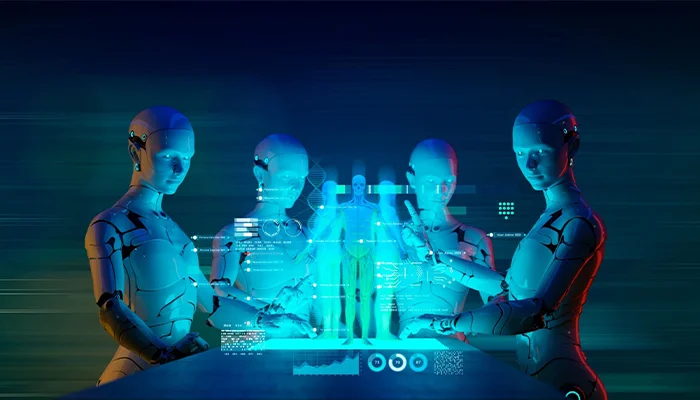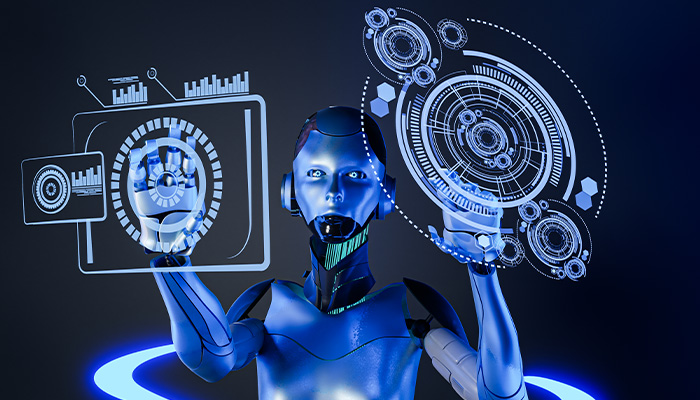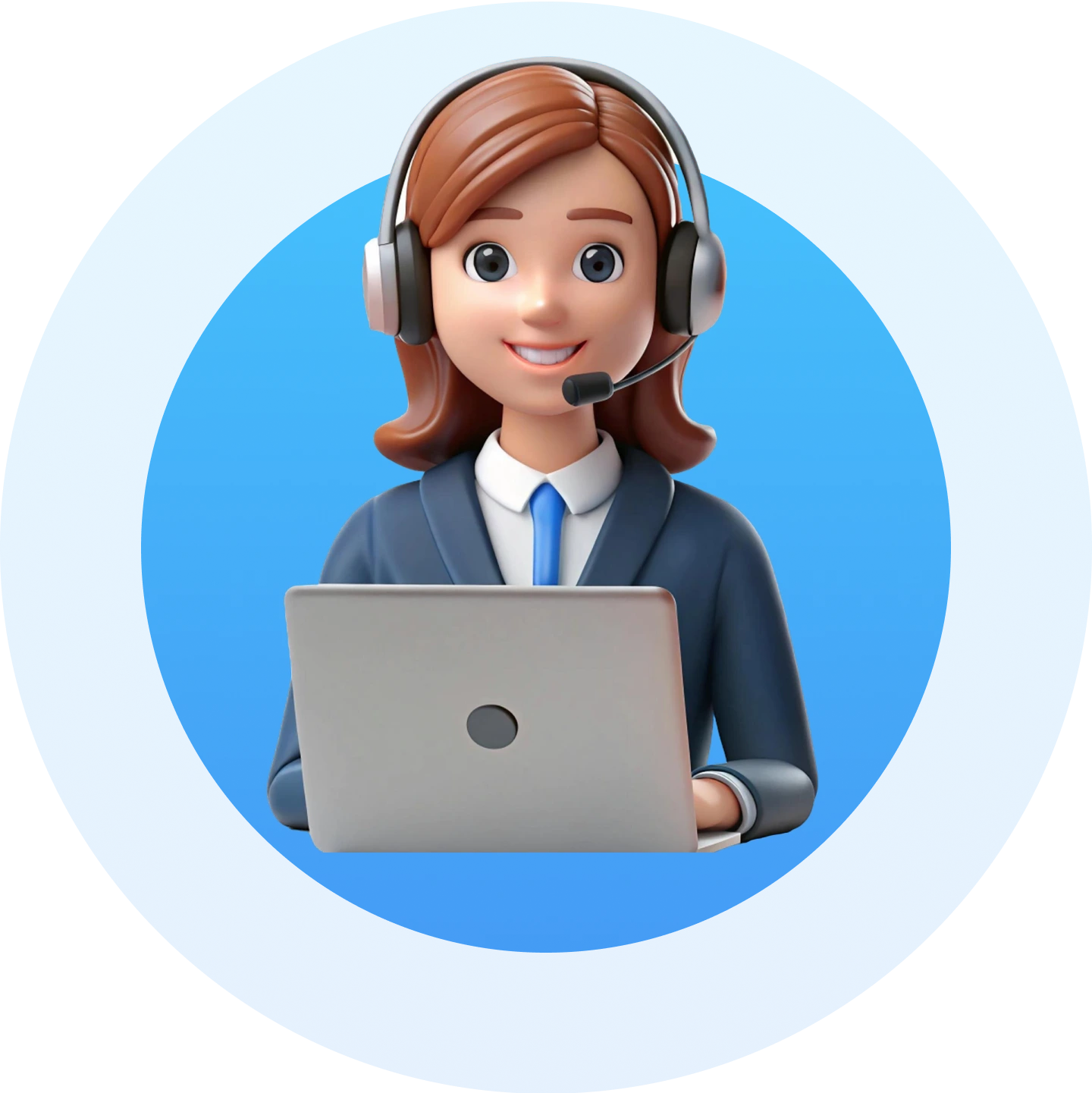What is ChatGPT

NOV, 27, 2023 04:00 PM
What is ChatGPT
In the rapidly advancing landscape of artificial intelligence, ChatGPT has emerged as a groundbreaking language model, pushing the boundaries of what is possible in natural language processing (NLP). Developed by OpenAI, ChatGPT is the latest iteration in the GPT (Generative Pre-trained Transformer) series, renowned for its ability to understand and generate human-like text. In this comprehensive exploration, we delve into the intricacies of ChatGPT, its architecture, applications, strengths, limitations, and the impact it has had on various industries.
Understanding the Foundations: GPT Architecture
Before delving into ChatGPT specifically, it's essential to grasp the foundational architecture it inherits from the GPT series. GPT models are based on transformer architecture, a type of neural network architecture that has proven highly effective in processing sequential data. The transformer architecture, introduced by Vaswani et al. in 2017, revolutionized NLP by allowing models to capture contextual information effectively.
The core idea behind transformers is the self-attention mechanism, enabling the model to weigh different parts of the input sequence differently when making predictions. This attention to context is crucial for understanding and generating coherent language, making transformers particularly adept at language-based tasks.
Evolution to ChatGPT
GPT-3 and its Predecessors
GPT-3, the precursor to ChatGPT, was a watershed moment in the world of AI. With a staggering 175 billion parameters, GPT-3 dwarfed its predecessors, showcasing unprecedented language generation capabilities. Its vast size enabled it to understand and generate human-like text across a myriad of tasks, from language translation to code generation.
While GPT-3 was a marvel, it also posed challenges, notably in terms of computational resources and fine-tuning for specific applications. Addressing these concerns, OpenAI set out to create a more accessible and interactive version of the GPT model, giving rise to ChatGPT.
ChatGPT: Architecture and Training

ChatGPT builds upon the success of its predecessors, inheriting the transformer architecture while introducing specific modifications for more effective conversational interactions. The training process involves exposing the model to diverse conversational data, allowing it to learn patterns, nuances, and context within the vast sea of human-generated text.
One distinctive feature of ChatGPT is the use of Reinforcement Learning from Human Feedback (RLHF). After the initial pre-training on a massive dataset, the model undergoes fine-tuning using comparison data, where it receives rankings of different responses by human AI trainers . This iterative process refines the model's conversational abilities, making it more responsive and contextually aware.
Applications Across Industries
Natural Language Understanding
ChatGPT's prowess in natural language understanding has far-reaching implications. It excels in tasks such as sentiment analysis, named entity recognition, and language translation. Businesses leverage this capability for customer feedback analysis, market sentiment monitoring, and global communication, breaking down language barriers.
Content Generation
Content creation has been revolutionized by ChatGPT. From writing articles and blogs to generating marketing copy, ChatGPT's ability to produce coherent and contextually relevant text is a boon for content creators. It serves as a valuable tool for brainstorming ideas, drafting content outlines, and even auto-generating code snippets.
Conversational Agents
ChatGPT has found extensive use in the development of conversational agents or chatbots. Its ability to engage in contextually rich and dynamic conversations makes it a preferred choice for companies looking to enhance customer support services, create virtual assistants, or develop interactive applications.
Education and Tutoring
In the realm of education, ChatGPT has shown promise as a virtual tutor. It can provide explanations, answer questions, and guide students through various subjects. While not a replacement for human educators, ChatGPT can supplement learning experiences and provide additional support.
Creative Writing Assistance
Writers and creatives are also tapping into the capabilities of ChatGPT. The model can offer suggestions, help overcome writer's block, and even generate creative prompts. The collaboration between human creativity and machine-generated ideas opens up new possibilities in the creative process.
Code Generation and Programming Assistance
ChatGPT's proficiency in understanding and generating code has implications for software development. It can assist developers by providing code snippets, explaining programming concepts, and aiding in problem-solving. This is particularly valuable for both seasoned developers and those learning to code.
Strengths of ChatGPT
Contextual Understanding
One of the standout strengths of ChatGPT is its ability to understand and generate contextually relevant responses. The model considers the entire conversation history, allowing it to respond coherently to user inputs. This contextual awareness is crucial for tasks that require a nuanced understanding of language.
Versatility Across Tasks
ChatGPT's versatility across a wide range of tasks is a testament to the generalization capabilities of the underlying transformer architecture. From language translation to code generation, the model showcases a remarkable ability to adapt to different domains, making it a valuable tool for diverse applications.
Interactive and Dynamic Conversations
Unlike traditional chatbots that often struggle with maintaining engaging and dynamic conversations, ChatGPT excels in creating interactive dialogue. Its capacity to generate contextually appropriate responses fosters a more natural and fluid exchange, enhancing user experience in conversational interfaces.
Ease of Integration
OpenAI has made efforts to make ChatGPT accessible for developers through the provision of user-friendly APIs (Application Programming Interfaces). This ease of integration enables developers to incorporate ChatGPT into their applications, products, or services seamlessly.
Limitations and Challenges
Sensitivity to Input Phrasing
ChatGPT is highly sensitive to the phrasing of inputs. Small changes in how a question or request is framed can result in different responses. While this sensitivity is a common challenge in language models, it highlights the need for careful crafting of user inputs to elicit the desired information or response.
Potential for Biases
Like its predecessors, ChatGPT is not immune to biases present in the training data. The model may inadvertently generate biased or politically charged responses, reflecting the biases inherent in the data it was trained on. OpenAI acknowledges this challenge and continues to work on mitigating biases through iterative updates.
Lack of Real-world Knowledge
While ChatGPT excels in generating contextually relevant responses based on its training data, it lacks real-world knowledge beyond its training scope. The model may struggle with providing up-to-date information or context about events that occurred after its last training cut-off.
Inability to Reason Abstractly
ChatGPT's limitations become apparent when tasked with abstract reasoning or understanding complex causal relationships. It may struggle to answer questions that require deep abstract thinking, highlighting the current boundaries of machine understanding compared to human cognition.
The OpenAI Approach to Responsible AI
OpenAI is committed to addressing the challenges and limitations associated with ChatGPT and similar models. The organization actively seeks feedback from users to understand and rectify issues related to biases, sensitivity, and other concerns. The iterative nature of model development allows OpenAI to continuously improve and refine the capabilities of ChatGPT.
OpenAI has also implemented safety mitigations, including the use of the Moderation API to warn or block certain types of unsafe content. This proactive approach reflects OpenAI's commitment to responsible AI development and deployment.




Strategy
Design
Blockchain Solution
Development
Launching
Testing
Maintenance
Contact US!
India

Plot 378-379, Udyog Vihar Phase 4 Rd, near nokia building, Electronic City, Phase IV, Sector 19, Gurugram, Haryana 122015
Copyright © 2026 PerfectionGeeks Technologies | All Rights Reserved | Policy
Contact US!
India

Plot 378-379, Udyog Vihar Phase 4 Rd, near nokia building, Electronic City, Phase IV, Sector 19, Gurugram, Haryana 122015
Copyright © 2026 PerfectionGeeks Technologies | All Rights Reserved | Policy

